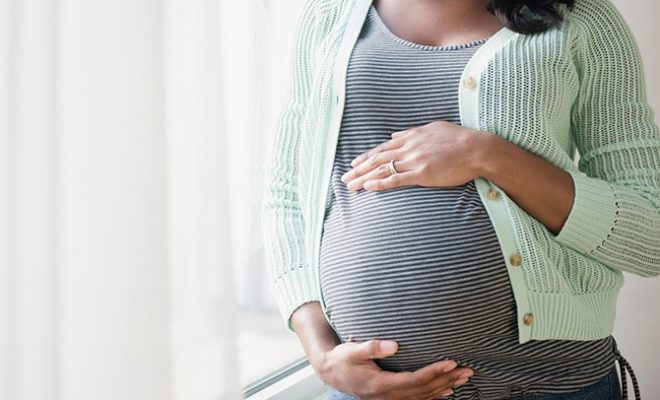
Moms
How to distinguish between false labor symptoms and real labor symptoms
The more the due date approaches, the more expectant moms get nervous. And their nervousness gets more fuel when they get false labor contractions, which is known as “Braxton Hicks”. False labor contraction becomes a real drag sometimes- causing the mother loss of sleep, making her tired and cranky. “How do I know I’m in labor” this is a common question among expecting moms. To solve their puzzles here are some points to clear the confusion:

- Contractions are irregular in false labor and do not get closer together with time. Track your contractions using a clock and jot down the time when each contraction begins. In real labor contractions are regular, developing with a regular pattern and getting closer with time.
- Record the time of contraction by jotting it’s starting and ending time. The contraction in real labor lasts for thirty to sixty seconds. False labor varies in length and intensity.
- Contractions are weak in false labor while it gets stronger in real.
- Contractions may stop in false labor when you walk, change position or lie down but in real, it continues no matter what the mother does. Sometimes it gets stronger with the activities.
- Discomfort is felt in front like menstrual cramps and groins in false labor. But in true labor it starts in the backside or high in your abdomen, radiating throughout the entire abdomen and move to the front.
- There is no evidence of bloody show in false labor.
- Membranes don’t rupture in false labor.
Sometimes some women don’t bother about what they are feeling just because their due date is weeks away. But when they go to their regular checkups, they find out they are fully dilated. Again some women leave for the hospital with their contractions and when they arrive, contractions stop altogether. Sometimes only a vaginal exam is left to know whether you are in labor or not.
Again labor may begin when the bag of waters or membranes break. It may start with your early contractions. For some women, the water may not break until the labor also. When the water breaks either you notice a constant leaking of liquid from the vagina or a sudden gush of liquid. Call immediately your doctor if this happens to you.
You also may encounter some other physical changes when the body is ready for labor. It is totally okay to have slight white discharges at the end of the pregnancy. Leaking of urine may caused by various activities like sneezing, coughing or laughing. You may also notice changes in appetite and other symptoms like nausea, diarrhea or sometimes constipation. Losing mucus plug often happens before some days of labor. It may stay for 2 to 14 days before the real labor begins.

The infrequent and painless contractions mothers have been feeling from mid-labor starts getting more frequent and painful with time, fooling them considering it as real labor. But unlike true labor, this will not get stronger, longer and closer together.
















0 comments